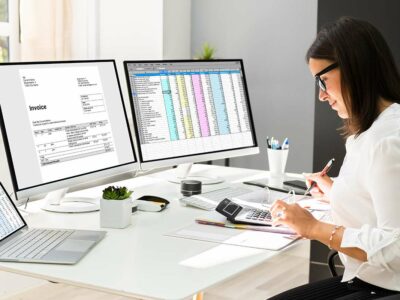
Financial statements, such as the balance sheet, represent a snapshot of a company’s assets, liabilities, and equity at a specific point in time. Assets and liabilities are treated differently in that assets have a normal debit balance, while liabilities have a normal credit balance. Managing liabilities is a crucial aspect of running a successful business.
Example of Current Liabilities
During the operating cycle, a company incurs various expenses for which it may not immediately pay cash. Instead, these expenses are recorded as short-term liabilities on the company’s balance sheet until they are settled. The operating cycle refers to the period of time it takes for the business to turn its inventory into sales revenue and then back into cash, which helps cover these expenses. A well-managed operating cycle ensures that there is sufficient cash flow to meet these liabilities as they come due.
Tax Payable (Other than Income Tax)
Customer deposits are payments received from customers for products or services to be delivered in the future. These deposits represent a company’s obligation to fulfill its commitments. For example, a hotel collects $5,000 in deposits for future room bookings, which https://www.bookstime.com/ will be recognized as revenue when the service is provided. Utilities payable include expenses for services like electricity, water, and gas that have been incurred but not yet paid. Managing these expenses is essential for keeping operational costs under control.
- There are many types of current liabilities, from accounts payable to dividends declared or payable.
- Due to their long-term nature, non-current liabilities may give a greater financial risk to the business.
- Dual entry accounting ensures that the accounting equation always remains balanced, providing an accurate picture of a company’s financial status.
- The maturity term is a key difference between current and non-current liabilities.
- Both the current and quick ratios help with the analysis of a company’s financial solvency and management of its current liabilities.
- Liability in Accounting could include debts to suppliers, loans from financial institutions, or even unpaid expenses.
Examples of Long-Term Liabilities

Bonds Payable – Many companies choose to issue bonds to the public in order to finance future growth. Bonds are essentially contracts to pay the bondholders the face amount plus interest on the maturity date. Listed in the table below are examples of current liabilities on the balance sheet. AP typically carries the largest balances, as they encompass the day-to-day operations. AP can include services, raw materials, office supplies, or any other categories of products and services where no promissory note is issued. Since most companies do not pay for goods and services as they are acquired, AP is equivalent to a stack of bills waiting to be paid.

In other words, net worth represents the residual interest in a company’s assets after all liabilities have been settled. A positive net worth indicates that a company has more assets than liabilities, while a negative net worth indicates that a company’s liabilities accounting liability examples exceed its assets. Measuring a company’s net worth helps stakeholders evaluate its financial strength and overall stability. Liabilities also have implications for a company’s cash flow statement, as they may directly influence cash inflows and outflows.
- Liabilities are an integral part of the three basic financial statements used to report a company’s financial situation.
- Whatever number you start with, for healthy growth, the number should gradually decrease.
- Marketing partnership agreement payable refers to payments due under a marketing partnership agreement for services received.
- An accrued liability is a financial obligation that a company incurs during a given accounting period, for goods and services already delivered.
- Examples – trade creditors, bills payable, outstanding expenses, bank overdraft etc.
- The important thing here is that if your numbers are all up to date, all of your liabilities should be listed neatly under your balance sheet’s “liabilities” section.
Understanding the double-entry system: Debits vs. credits
For a company this size, this is often used as operating capital for day-to-day operations rather than funding larger items, which would be better suited using long-term debt. Just as your debt ratios are important to lenders and investors looking at your company, your assets and liabilities will also be closely examined if you are intending to sell your company. Potential buyers will probably want to see a lower debt to capital ratio—something to keep in mind if you’re planning on selling your business in the future. When a company determines that it received an economic benefit that must be paid within a year, it must immediately record a credit entry for a current liability. Depending on the nature of the received benefit, the company’s accountants classify it as either an asset or expense, which will receive the debit entry.

